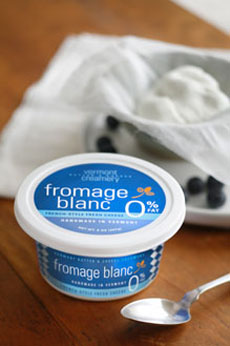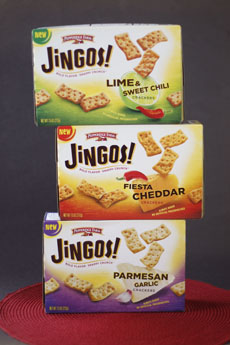|
Snack from the box, dip them into plain yogurt, use them as salad croutons, serve them with soup.
Like Goldfish, you get a lot of crackers per one-ounce serving: 23 small crackers per serving, 140 calories.
Larger than Goldfish, Jingos! are the size of a Frito chip. That’s a lot of crunching: You may be more than satisfied with half a serving.
Learn more at Jingos.com.
JINGO & JINGOISM
Vaguely knowing of the expression, “By jingo!” we headed to the dictionary.
According to Dictionary.com, a jingo is a bellicose chauvinist: a person who professes his or her patriotism loudly and excessively, favoring vigilant preparedness for war and an aggressive foreign policy.
The term “jingoism,” an attitude of belligerent nationalism (chauvinism), apparently originated in England during the Russo-Turkish War of 1877-78. The British Mediterranean squadron was sent to Gallipoli to restrain Russia and war fever was aroused.
The phrase, “by jingo,” appeared in the refrain of a popular song: “We don’t want to fight, yet by jingo, if we do, We’ve got the ships, we’ve got the men, And got the money, too!”
As a result, supporters of the British government’s policy toward Russia came to be called jingos.
What this has to do with crackers, we must leave to Pepperidge Farm to explain.
|






